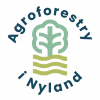
If you are already interested to join, please use the following link to leave your contact information!
Agroforestry Design Teams
Our Agroforestry Design Teams are meant to make the process of designing and evaluating agroforestry systems easier. Through the strength of working together and pooling resources, we help train farmers how to do this work themselves.
Agroforestry can be overwhelming given how many different kinds of practices there are. Whether you wish to bring trees and shrubs into your fields or keep them on the edges; whether those trees will be helping existing farming practices like row cropping or providing shade for animals – agroforestry is a highly adaptable concept!
We are here to help you determine what kinds of systems make the most sense for your situation.
Keep in mind that agroforestry systems are inherently multifunctional, so you can combine different goals within the same system to a large degree. Agroforestry can be practiced in a small area on your farm or even be used in different settings across as many fields, pastures, and edges as you like.
On the right is an illustrated typology I created during our last project, the Lill-Nägels Agroforestry Pilot Project.
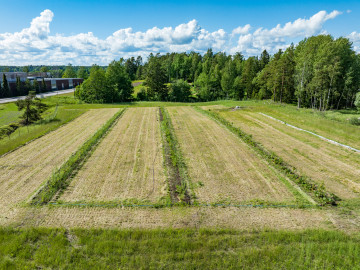
Common broad categories of agroforestry include:
- Silvoarable
- Alley Cropping
- Silvopasture
- Meadow Orchards
- Wood Pastures & Parklands
- Ecosystem Services
- Hedgerows
- Windbreaks
- Riparian Buffers
Other kinds of agroforestry also exist, in forested areas as well as on smaller, domestic settings.
On the right is a drone photograph of our silvoarable trial site at Lill-Nägels in Kirkkonummi, note the straight lines and large headlands for mechanized farm work in the alleys and margins. Photo credit: Johan Ljungqvist, Multifoto Ab Oy, June 14th, 2024
To be clear, we are not asking farmers to design agroforestry systems for their entire farm. What you choose to design is up to you: as long as the agroforestry system is in support of your farming activities, we are happy to help you learn how to plan it.
After all, farmers know their land the best and it will be up to them to decide whether or not to proceed.
We want to emphasize the “team” aspect of this. There are still many unknown factors regarding the successful implementation of agroforestry in Uusimaa. Together, farmers and researchers (ourselves) can identify common opportunities, challenges, and approaches towards agroforestry. We have the opportunity to bring on board experts who will speak to your needs to improve all of our understanding.
Although there are many basic concepts shared between different kinds of agroforestry, the specific needs of the farmers who choose to join will come first. Therefore the Agroforestry Design Team’s program is not one that can be set out in stone from the first day.
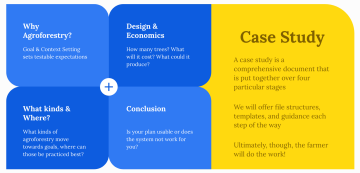
Simple Adaptive Model
Our approach is an adaptive model. This model is needs based, iterative (repeating with changes), and goal oriented. This approach will allow us to remain flexible and attentive to the needs of the farmers.
The most simple steps in such a design framework are the following:
- The farmers articulate their goals. Why do they think agroforestry might provide benefits for their farm? What kinds of new opportunities could the deliberate integration of trees bring to their operation? What kinds of challenges could agroforestry help alleviate? Goals and vision guide the rest of the design process
- Farmers observe their fields and consider candidate locations for agroforestry systems
- Farmers produce enough relevant site analyses to choose between candidate locations for their case study
- The candidate location goes through multiple design iterations, which include considerations of costs and benefits
- After about three runs of modifications, a final conclusion is made about the design. Did it suit the goals laid out for it? Could it feasibly be implemented with existing resources? Would additional funding or support be necessary? Is this a project worth starting or not?
To support these steps, in-person workshops, online trainings, and field visits will play their role as milestones towards the completion of the case study. The real journey will be communicating with the whole Team and working, bit by bit, towards the final outcome.
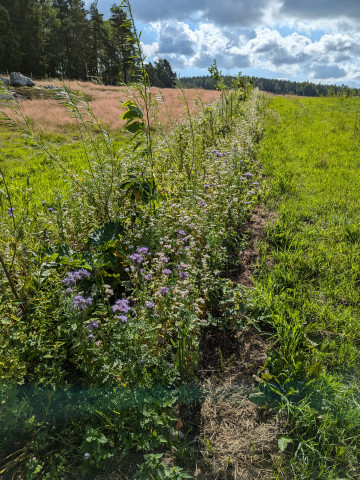
Who can join?
The project will have public events, especially those held online or in conjunction with field visits, which will be open to anyone who wishes to participate in a cordial manner.
Additional resources for the design team, however, are reserved for farmers located in Uusimaa. A farmer is someone who is engaged in the primary production of food, fiber, and other resources from the land as either a part-time or full-time occupation.
Whether you are a newcomer to agroforestry or a seasoned practitioner, our project welcomes participants of all kinds! Everyone will have something to contribute to the team, regardless of their level of familiarity with these ideas.
There is no size limit to farms wishing to join. The goal is not necessarily for you to design agroforestry systems for your entire farm. We want you to focus on planning agroforestry systems that you believe can serve your purposes. The agroforestry system you design can be as large or small as you wish, as long as it supports primary production.
Examples of additional resources not available outside of participation in the Design Teams may include, but are not limited to, workshops with outside experts and additional support in navigating the design process such as feedback and 1:1 discussions.
Digital documents that are useful for organizing the design process are expected to be made widely available (templates, frameworks, file structures).
The primary language of this project is English, with resources for Finnish and Swedish language participants available.
When will the second Agroforestry Design Team start?
We are beginning with conversations and dialogue with interested farmers who wish to join the second cohort.
This will include online group and individual discussions. Please email Joshua Finch (project manager) or, if you prefer to first contact us in Swedish, Heidi Barman-Geust, the project's communications director.
We plan to wrap up recruiting farms for the second Agroforestry Design Team in March 2025.
If you are interested to join the second Design Team, please use this link to leave your contact information so that the project leader can arrange an information session directly with you through Microsoft Teams!
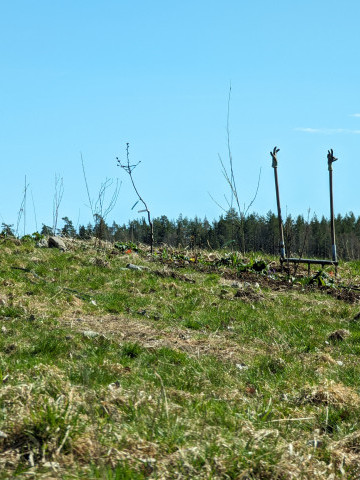
How long will it last?
We expect that participation in the design team will last about 1,5 years, particularly to make room for the busy schedule of running a farm during the growing season. How much time you wish to put into your design is up to you. For example, we are aiming for late summer 2025 completion date for the first Design Team's case studies.
2025 - 2026 Example Schedule:*
*Detailed schedule with task lists available during conversation with project
January - March: Recruitment of new farms
March: Onboarding, first online meeting and planning first in person meeting(s)
April: Begin observation phase of case study creation
Spring - Summer 2025: Organization of at least one field day and one workshop based on votes by farmers
Autumn 2025 (September - October): Begin creating the case study in earnest with context and site analysis, GIS workshop
Winter 2025 - 2026: Creation of case study with design, economic considerations, and packaging of material into case study
Completion: Spring/Summer 2026
What will the project not be doing?
Our project is not set up to do the following:
- Provide monetary resources for you to participate in the Agroforestry Design Team. You attend workshops, trainings, and use your own time to work towards making this case study
- Providing grants or materials for you to start an agroforestry system
- Designing agroforestry systems for farmers or providing consultation services. We offer trainings on agroforestry design, from general to specific, but we are not decision makers on your farm. The goal is for you to hone the skills necessary to understand why, where, when, and how agroforestry could work, not for us to do this important work for you.
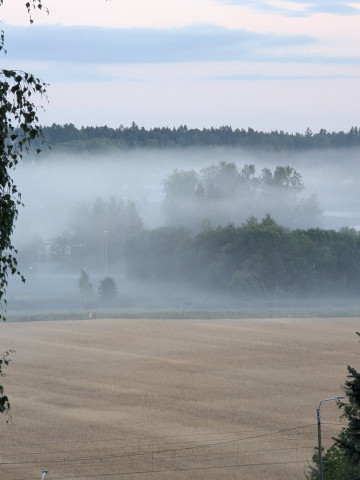
Outcome
Each farmer should come away from the Agroforestry Design Team with a robust case study of their farm. Beginning with "why agroforestry?" through to a summary of the system's feasibility, the case study will be a step-by-step evaluation of the practice in question for the farm in question. Farmers should expect to produce maps and diagrams with variety of different tools.
Permission to allow us to publish the case study as a Novia publication, that is, a public document, will be retained by the farmer themselves.
At the end of the three year project period, we aim to have 10 publicly available case studies for Nyland.
We will encourage farmers to follow the same general outline and use the same kinds of templates and frameworks for their documentation. This will make comparing the case studies and understanding the process of design easier for those who read them.
By participating in the Agroforestry Design Team, farmers will have the chance to not only design something for themselves, their families, their businesses, but to provide valuable insight into the many ways agroforestry could be integrated in our regional conditions.
